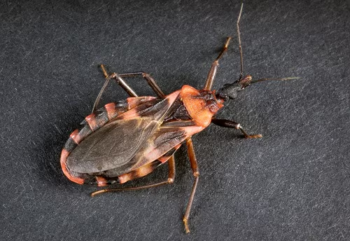The apparent suicide of Robin Williams is dominating local and national news, social media and dining table conversations. Running through all is the persistent question “Why?”
In the search for answers, much of the media focus has turned to the fact that the beloved actor and comedian suffered from major depression and addiction.
While it’s true that clinical depression can increase the risk of suicide, County health experts say suicide is a much more complex issue.
“Most people who are depressed do not kill themselves; however, untreated, depression could increase the risk of suicide,” said Alfredo Aguirre, director of Behavioral Health Services for the County Health and Human Services Agency. “Research has shown that the majority of people who die by suicide were clinically depressed or suffered from another diagnosable mental or substance abuse disorder.”
The risk factors for suicide, Aguirre said, frequently occur in combination and knowing the warning signs can make a difference between life and death.
Most people who attempt or die by suicide showed one or more warning signs prior to the suicide attempt.
People think about suicide due to feelings of hopelessness or powerlessness. These individuals may have recently experienced the loss of a job or loved one, ended a relationship, or lost their home.
Some warning signs of suicide include:
- Talking of hurting or killing oneself
- Divorce, separation, stress on family
- Loss of health
- Loss of job, home, personal security
- Increased alcohol or drug use
- Isolation from family and friends
- Daring or risk-taking behavior
“Recognizing the warning signs of suicide is key to preventing someone from ending their life,” Aguirre added. “Suicide can be prevented. It’s important to know the warning signs, how to assist a suicidal person and to know that help is available.”
The County launched the It’s Up to Us campaign in 2010 to prevent suicide by raising awareness about the warning signs. Mental well-being is an important component of Live Well San Diego, the County’s initiative to improve the health of local residents.
So what should you do when a person asks for help? If the person is in immediate danger, call 9-1-1.
You should also:
- Take it seriously
- Listen; suicidal behavior is a call for help
- Give and get help right away
- Don’t leave the person alone
- Refer the person to professional help
The County offers a suicide prevention training at no cost. The Question, Persuade and Refer training is equivalent to a CPR course to teach people how to recognize the warning signs of suicide and save a life.
For more information about suicide, risk factors, warning signs, how to get help, resources and training that is available, visit It’s Up to Us or call the County’s Access and Crisis Line at (888) 724-7240.





